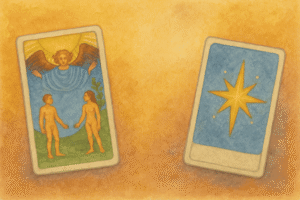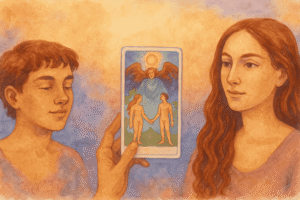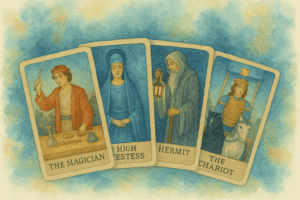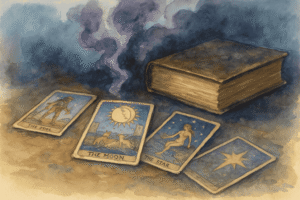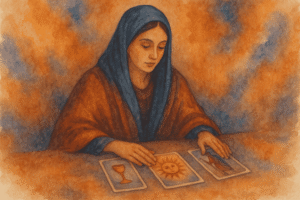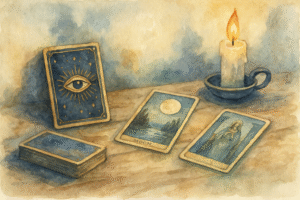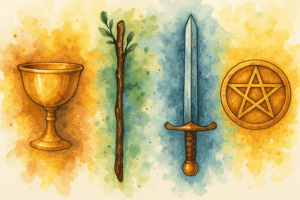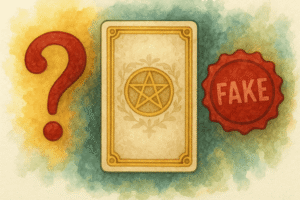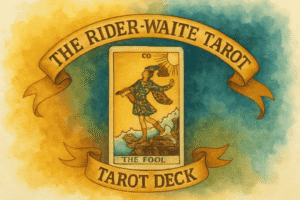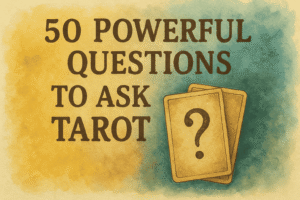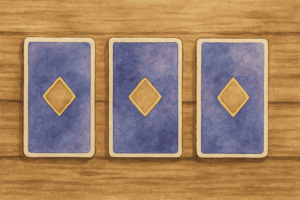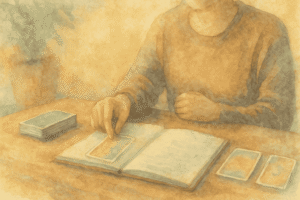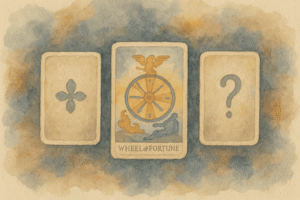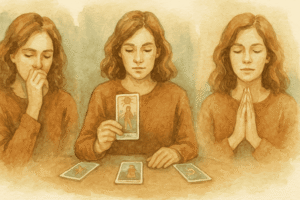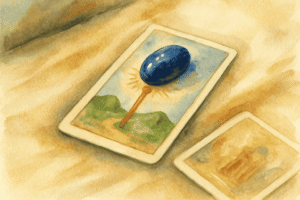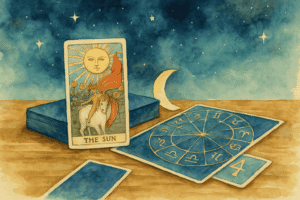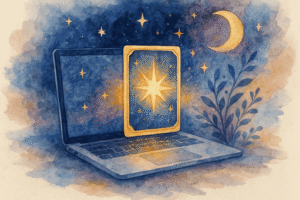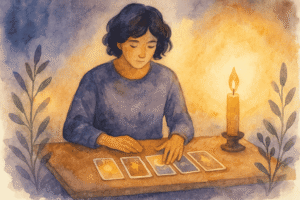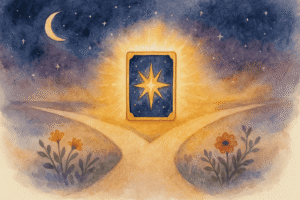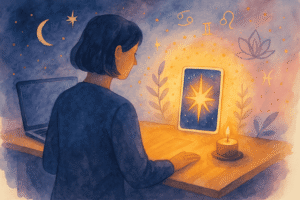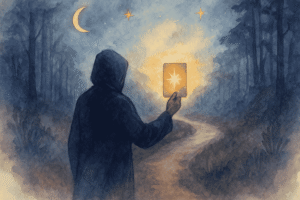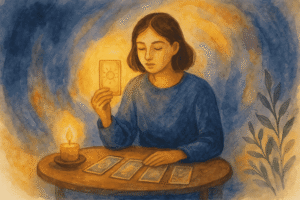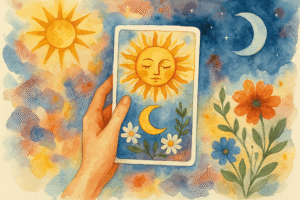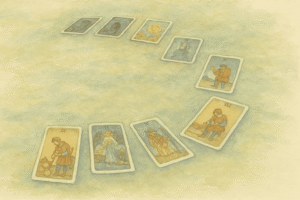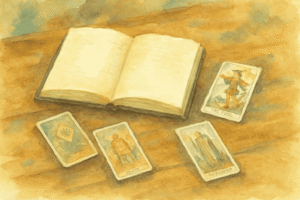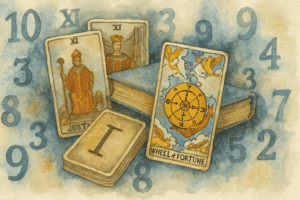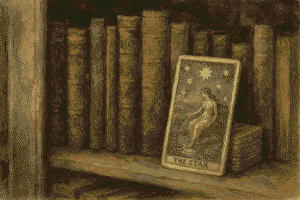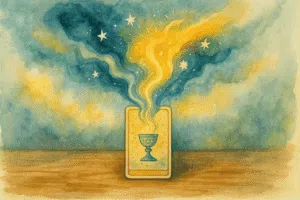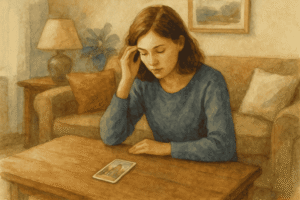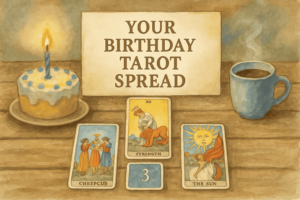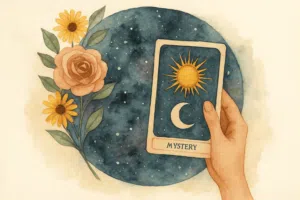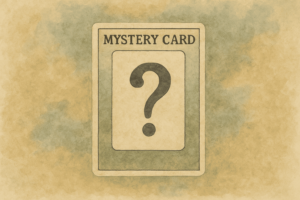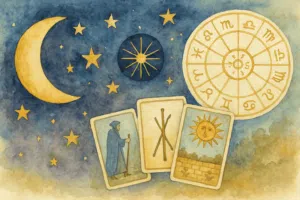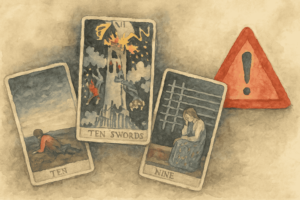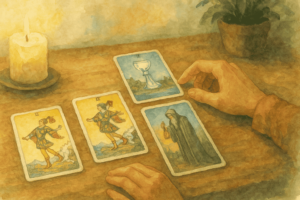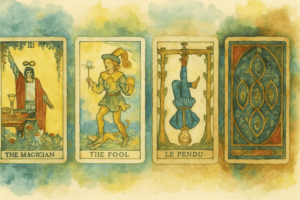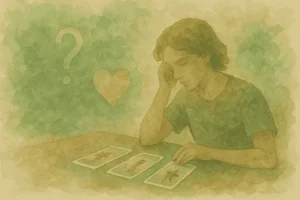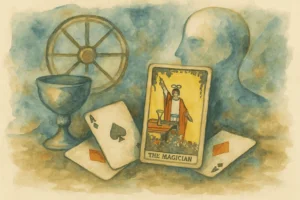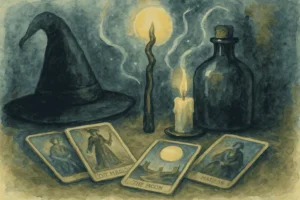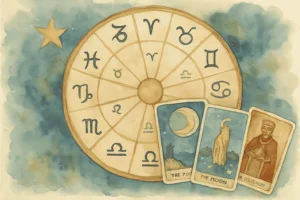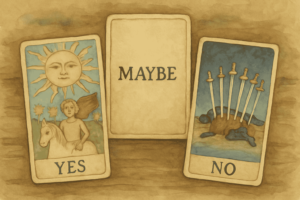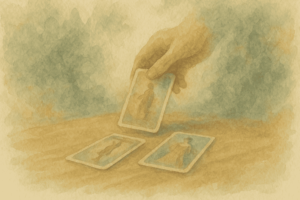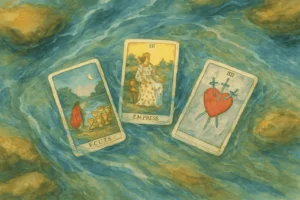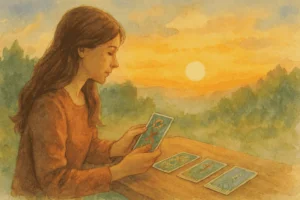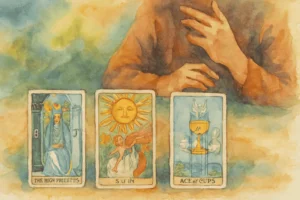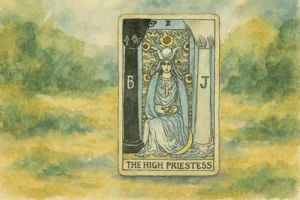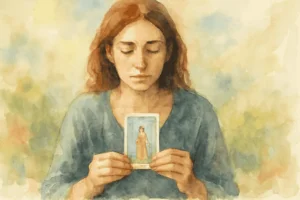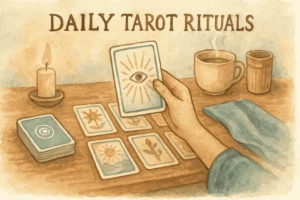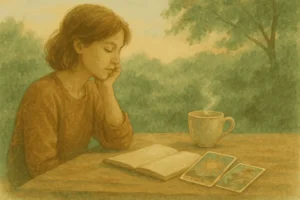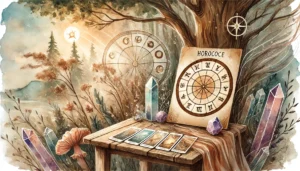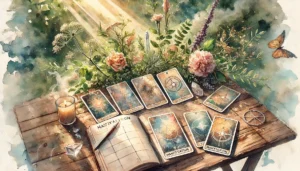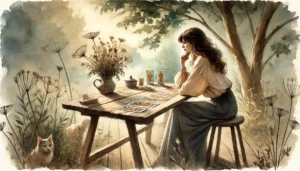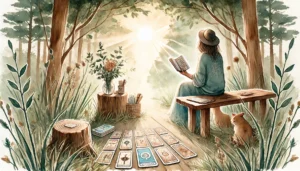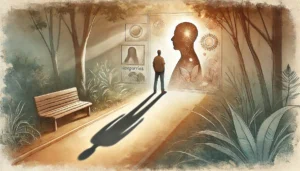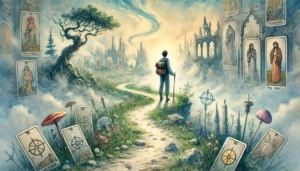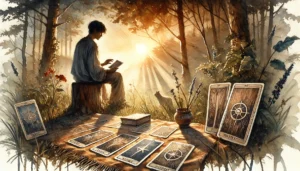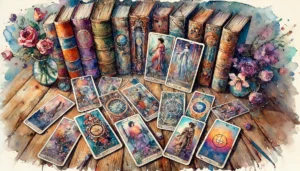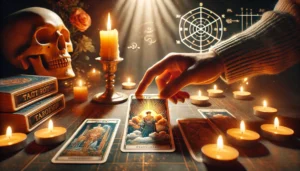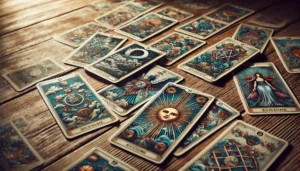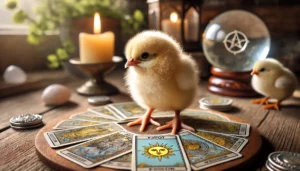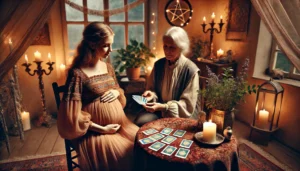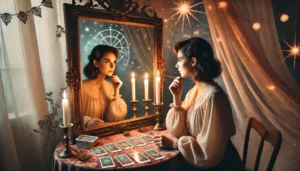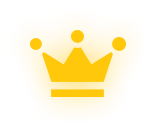¿Alguna vez has sentido la necesidad de buscar guía o iluminación en momentos de incertidumbre? No estás solo. En un mundo lleno de distracciones, muchos anhelamos un momento de claridad. Las cartas del tarot pueden ser una poderosa herramienta para la autorreflexión, la guía y la comprensión espiritual, conectando nuestros pensamientos con los susurros del universo. Si eres completamente nuevo en el tarot, esta guía te empoderará para embarcarte en tu viaje de descubrimiento, ayudándote no solo a leer las cartas, sino también a confiar en tu intuición.
Entendiendo la estructura de la baraja del Tarot
Antes de adentrarnos en la interpretación de las cartas del tarot, es fundamental comprender la estructura básica de una baraja de tarot. Una baraja de tarot estándar consta de 78 cartas divididas en dos secciones principales: los Arcanos Mayores y los Arcanos Menores.
Arcanos Mayores
Los Arcanos Mayores incluyen 22 cartas que representan eventos vitales significativos y profundas lecciones espirituales. Estas cartas suelen capturar la esencia de experiencias arquetípicas, como El Loco, Los Amantes o El Mundo. Cuando una carta de los Arcanos Mayores aparece en tu lectura, indica una influencia importante en tu vida.
Arcanos menores
Las 56 cartas restantes conforman los Arcanos Menores, divididos en cuatro palos: Copas, Oros, Espadas y Bastos. Cada palo simboliza diferentes aspectos de la vida:
- Tazas: Emociones, relaciones y conexiones.
- Pentáculos: Asuntos materiales, trabajo y hogar.
- Espadas: Intelecto, conflicto y desafíos.
- Varitas: Creatividad, acción e inspiración.
Dentro de los Arcanos Menores, también encontrarás cartas de la corte (Sota, Caballero, Reina y Rey), que a menudo representan personas o energías que encarnan las cualidades de sus respectivos palos.
Cómo empezar a leer, incluso sin intuición
Muchos principiantes dudan de su intuición, creyendo a menudo que leer el tarot con eficacia debe ser un don místico. Sin embargo, cualquiera puede aprender a leer el tarot con práctica y paciencia. Aquí te explicamos cómo empezar:
1. Formula tu pregunta
Comienza cada lectura formulándote una pregunta clara y abierta. En lugar de preguntar "¿Encontraré el amor?", reformúlala como "¿Qué necesito saber sobre mi vida amorosa en este momento?". Este método invita a una comprensión más profunda.
2. Baraja con intención
Mientras barajas las cartas, concéntrate en tu pregunta. Barajar conscientemente te permite infundir tu energía e intención en la baraja. Recuerda que tu estado emocional puede afectar tu percepción de las cartas, así que esfuérzate por mantenerte centrado.
3. Saca tus cartas
Ya sea que saques una carta para simplificar o varias para una tirada más detallada, confía en tu instinto. Puede que te sientas atraído por una carta en particular; déjate guiar por esta sensación. Saca las cartas basándote en tu intuición, no en reglas estrictas.
4. Interpretación de las cartas
Empieza por analizar los significados tradicionales de las cartas en el contexto de tu pregunta. Sin embargo, ve más allá del texto de tu guía. Considera:
- Los colores presentes en la tarjeta, que pueden transmitir emociones o temas.
- Símbolos e imágenes y cómo resuenan con tu situación de vida actual.
- Su reacción emocional inmediata a cada carta (una corazonada) a menudo puede brindarle información única.
- Conexiones entre cartas, como por ejemplo cómo podrían interactuar entre sí.
Superar las dudas sobre uno mismo y desarrollar la confianza
La inseguridad puede ser una barrera común para los principiantes. Recuerda que el tarot no solo se trata de adivinación, sino también de autoexploración y comprensión. Aquí tienes algunos consejos para ayudarte a desarrollar confianza:
- Lleva un diario de tarot: Documenta tus lecturas, interpretaciones y reflexiones. Con el tiempo, verás patrones y un mayor crecimiento en tu comprensión.
- Practica regularmente: Cuanto más te conectes con las cartas, más intuitivas serán tus lecturas.
- Utilice afirmaciones positivas: Recuerda que eres capaz de interpretar las cartas eficazmente.
Para aquellos que buscan un enfoque diferente, también pueden explorar Tarot de IA en línea gratuito para tener una idea de las diferentes interpretaciones y estilos de lectura.
Reflexiones finales
Aprender a leer las cartas del tarot no se trata solo de comprender la baraja; es un viaje personal hacia una mayor autoconciencia y claridad. Siguiendo los pasos descritos anteriormente y confiando en tu intuición, descubrirás que el tarot puede convertirse en un compañero valioso en tu camino. Acepta las cartas, explora su profundidad y deja que te ayuden en tu exploración espiritual.
Referencias
- Smith, J. Conceptos básicos del tarot: una introducción a la lectura de cartas, 2021.
- Psychology Today. El poder de la intuición en la toma de decisiones, 2022.
- Brown, T. El lenguaje emocional del Tarot, 2023.


